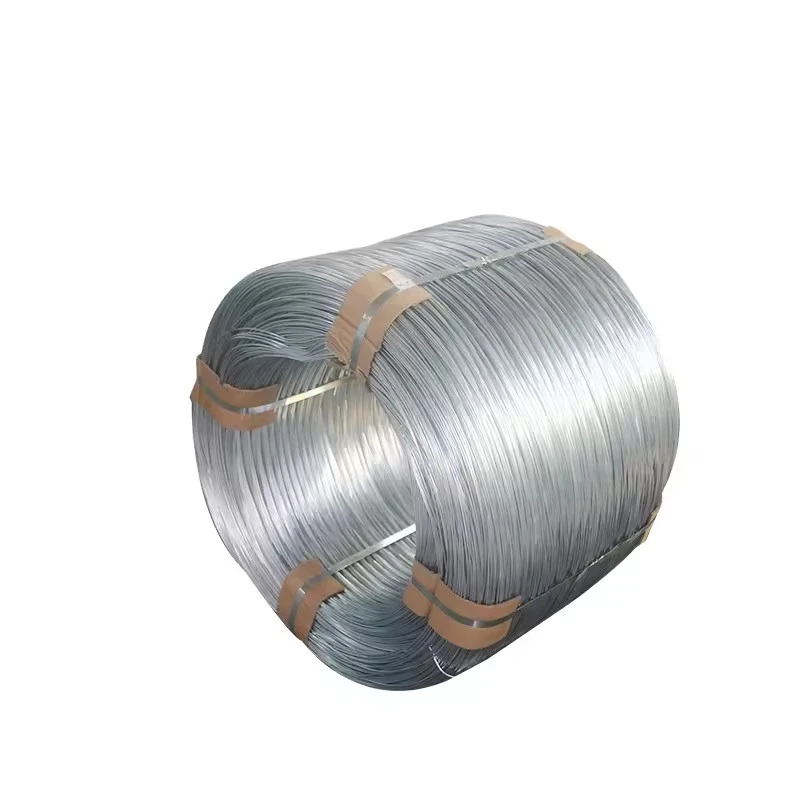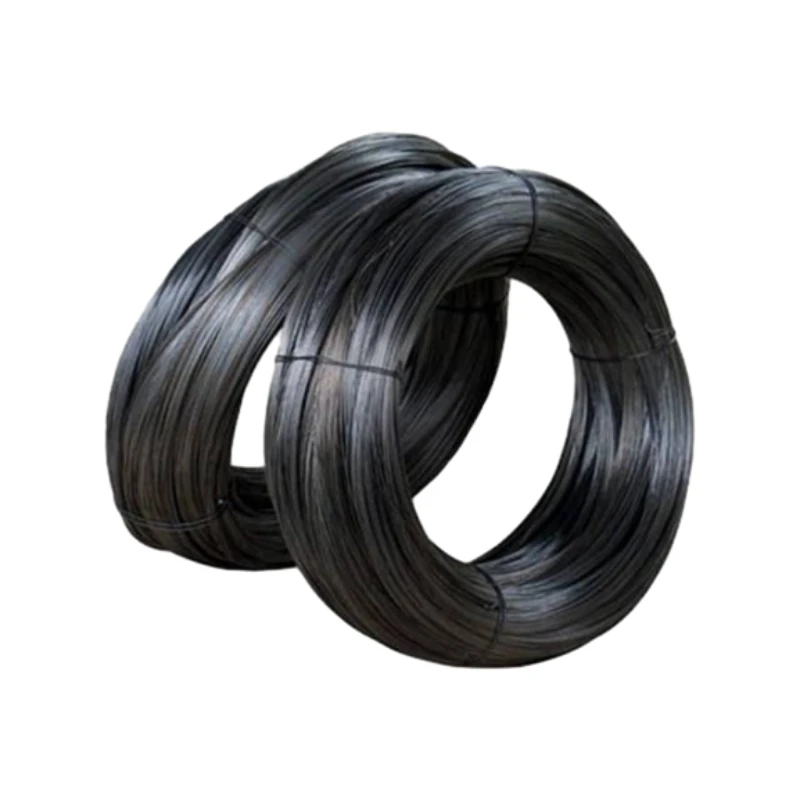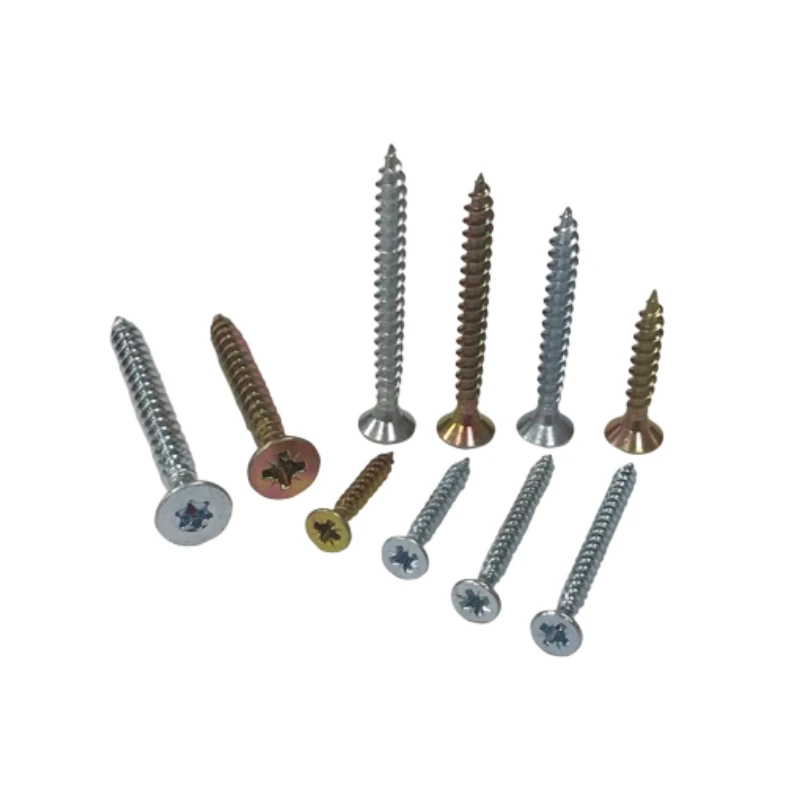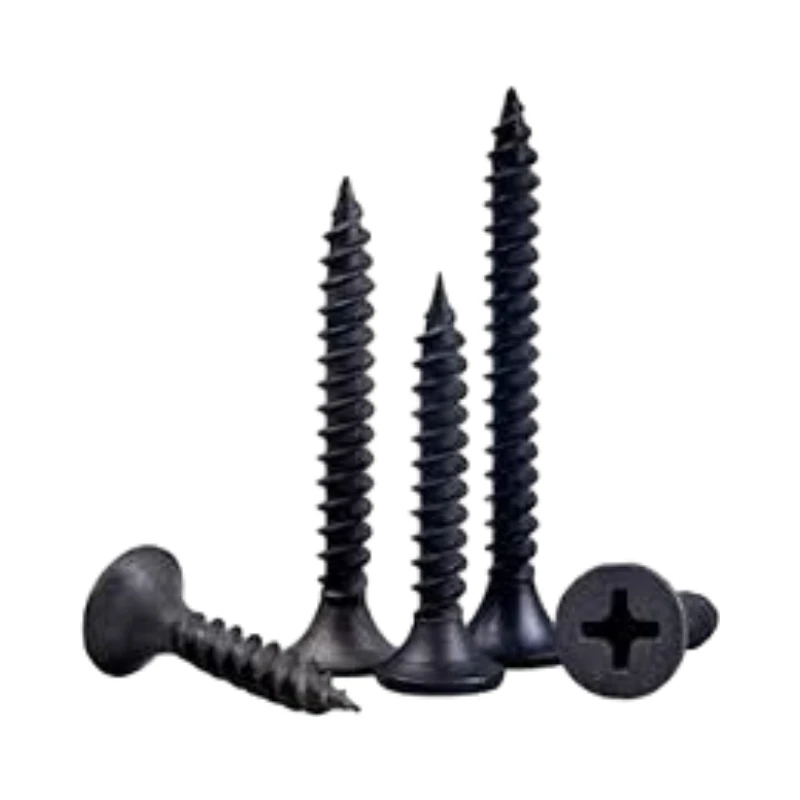
Talk With Us
+86-13601661296
Email Address
admin@sxjbradnail.comT47 Nail: The Ultimate Guide to Industrial and Construction Applications
Understanding the T47 Nail: Why It Matters in Today’s Construction and Manufacturing World
If you’ve ever worked with framing, roofing, or just general industrial fastening, you might have come across the t47 nail. It’s one of those seemingly simple components that quietly plays a huge role in everything from residential construction to industrial pallets. Oddly enough, knowing the ins and outs of the t47 nail isn’t just a detail for carpenters—it actually matters on a global scale, especially when industries push for better standards, reliability, and sustainability.
Today, we’ll explore the t47 nail in all its practical glory: what it is, why industries choose it, where it’s used, and what the future holds. I promise it’s more than just a nail—it’s a key part of ensuring safety, quality, and efficiency worldwide.
The Global Context: Why the T47 Nail is More Important Than You Think
Across the globe, construction industries are booming — the World Bank estimates that construction contributes close to 13% of global GDP and employs hundreds of millions. Fast, reliable, and standardized materials are vital. Here’s where the t47 nail fits in. According to ISO standards, nails meeting specific strength and dimension criteria help harmonize production and simplify international shipping.
However, a challenge still looms in many developing countries: inconsistent quality and availability of basic fasteners limit construction durability and lead to increased maintenance costs. Enter the t47 nail — a widely accepted standard that helps solve those challenges by ensuring consistent hold, corrosion resistance, and cost efficiency.
What Is a T47 Nail? Getting to the Core Definition
Let’s break it down simply. The t47 nail is a staple-size nail standardized mostly in North America and parts of Asia for industrial and construction uses. Typically, it’s a 1½ inch to 3 inch long, smooth wire nail with a medium head — just the right balance for framing lumber, pallets, and crating.
What connects it to modern industry? For one, it’s one of the most common fasteners specified for mechanical nailing tools in warehouses and building sites — which means it plays a role in everything from logistics hubs to humanitarian aid shelters.
Key Characteristics of the T47 Nail
- Diameter generally around 0.12 inches (2.8 mm)
- Wire material: mostly bright or galvanized steel
- Usually smooth shank; some variants include ring shank for increased holding power
- Standardized head diameter for air-powered or manual nailing
Core Components That Make the T47 Nail a Staple (Pun Intended)
Durability
In real terms, nails face rough treatment — exposure to moisture, vibration, and load shifts. The t47 nail is often galvanized, meaning a zinc coating protects it from rusting, especially important in humid or outdoor applications. Many fasteners simply fail quietly over time — no one notices until the whole structure gets shaky. That’s why durability here is king.
Cost Efficiency
When you scale up to hundreds of thousands of nails in pallets, crates, or framing, each penny counts. The t47 nail hits the sweet spot: cheaply produced yet reliable, giving manufacturers reasonable costs per unit without sacrificing hold. Bulk purchases for large warehouses or construction contractors benefit heavily.
Compatibility with Tools
The rise of pneumatic and electric nail guns means the t47 nail is designed with exact sizing to prevent machine jams. Oddly enough, many engineers say that when a construction job grinds to a halt over the wrong nails, downtime can be brutal. This nail minimizes those headaches.
Customizability
Variants exist to suit demands: ring shanks for grip, different lengths for specific materials, even specialty coatings to combat marine environments. That flexibility is what has made the t47 nail a preferred choice worldwide.
Environmental Considerations
More manufacturers are leaning toward greener processes and materials. The t47 nail production increasingly involves recycled steel. Plus, reliable nails reduce the need for repairs and replacements, indirectly reducing overall carbon footprints.
How the T47 Nail Powers Industries Worldwide
Here’s where it gets interesting. The t47 nail isn’t some niche product — it’s everywhere. Think about packaging factories in Southeast Asia, massive warehouses in Europe, or rebuilding efforts in post-disaster zones across Central America.
In post-disaster relief operations, for instance, structures must be built fast and sturdily. t47 nails, compatible with nail guns, allow rapid assembly of temporary shelters and crates to transport supplies. It’s a case where speed meets durability, making all the difference to people’s safety and dignity.
Industrial pallet enterprises in North America use them extensively because the nails resist rust and flex well under heavy loads. Remote mining sites and forestry constructions in Canada and Russia rely on similar nails for everything from tool sheds to secure fencing.
Product Specification Table for T47 Nail
| Parameter | Specification | Typical Uses |
|---|---|---|
| Length | 1.5" to 3" | Framing, Pallets |
| Diameter | Approx. 0.12" (3 mm) | Standard Nail Guns |
| Material | Steel (Bright/Galvanized) | Indoor/Outdoor Use |
| Shank Type | Smooth or Ring Shank | Extra Grip Needs |
| Coating | Zinc Galvanized | Rust Prevention |
Supplier Comparison: Which Vendor Makes the Best T47 Nails?
| Vendor | Material Quality | Price per 1000 | Lead Time | Global Shipping |
|---|---|---|---|---|
| SteelCore Nails | High-grade galvanized steel | $25 | 1 week | Yes |
| FastFix Supplies | Bright steel (non-galvanized) | $18 | 3-4 days | Limited |
| GlobalNail Corp | Zinc-coated recycled steel | $22 | 2 weeks | Yes |
The Long-Term Value of Using T47 Nails
Frankly, the value of the t47 nail stretches beyond numbers. Sure, it’s about saving a few dollars here or reducing rework there; but the emotional value can be felt in how companies trust these nails to secure their projects for years. A job well done is a job built to last. It’s about safety — families living in constructed homes, workers building towering warehouses, invaluable goods safely transported across oceans — all bolted down by what many might overlook as “just nails.”
Emerging Trends and Innovations
As automation creeps deeper into manufacturing, the t47 nail production itself is evolving. Laser trimming, robotic sorting, and improved coatings mean consistency and durability continue to improve. On the sustainability front, more nails are made with recycled steel and environmentally friendly packaging.
Also, digital inventory systems allow logistics managers to track nail supplies real-time, reducing shortages that stall jobs. It’s a small part of the “smart construction” revolution, but one worth noticing.
Challenges & What’s Being Done
Of course, no product is perfect. In some regions, counterfeit or subpar t47 nails flood the market, risking safety and project failure. Price wars sometimes pressure vendors to cut corners. The good news? International standards and increased supply chain transparency are pushing the industry to improve quality controls.
Also, some projects need alternative fasteners to meet extreme conditions like corrosion from saltwater exposure — so ongoing R&D focuses on specialized coatings and alloys.
FAQ: Your T47 Nail Questions Answered
Q1: What makes a t47 nail different from other nails?
A1: The key difference lies in its standardized size, diameter (about 0.12 inches), and often galvanized coating, making it ideal for framing and palletizing with pneumatic tools. It balances strength and compatibility better than generic nails.
Q2: Can t47 nails be used for outdoor construction?
A2: Yes, especially galvanized versions resist rust and weathering, making them suitable for outdoor framing, decking, and pallet manufacturing.
Q3: Are there t47 nail variants for heavier holding power?
A3: Absolutely, ring shank t47 nails are available to increase grip in wood, especially useful in vibration-prone or high-stress environments.
Q4: How do I choose the right length of t47 nail for my project?
A4: Typically, use a nail length that’s at least twice the thickness of the material you’re fastening, to ensure a strong connection and avoid splitting.
Q5: Where can I buy quality t47 nails for industrial use?
A5: Trusted suppliers include SteelCore Nails, GlobalNail Corp, or regional distributors who comply with international standards. Always verify material specs and coatings.
Wrapping it Up — Why Investing Time in Understanding T47 Nails Pays Off
To sum up in a nutshell: the t47 nail isn’t just some humble hardware item. It’s a linchpin in industrial efficiency and construction safety worldwide. Understanding its specifications, applications, and future trends empowers engineers, builders, and supply managers to choose wisely, reduce waste, and build structures made to last.
Ready to upgrade your fastening solutions? Visit https://www.sxj-staple.com and explore premium t47 nails designed for durability and performance.
1. Wikipedia: Nail (fastener)
2. ISO Standards for Fasteners
3. World Bank, Global Construction Industry Data (2023)
-
2 Inch Brad Nails - Precision Fastening for Woodworking & ConstructionNewsNov.24,2025
-
Affordable Quality: Understanding Cheap Brad Nails and Their Global ImpactNewsNov.24,2025
-
Type F Brad Nails: Precision Fasteners for Quality Craftsmanship & IndustryNewsNov.23,2025
-
High-Quality Type 47 Brad Nails for Precision & Durability | SXJ IndustrialNewsNov.23,2025
-
Everything You Need to Know About T Head Brad Nails | Global Fastening SolutionsNewsNov.22,2025









